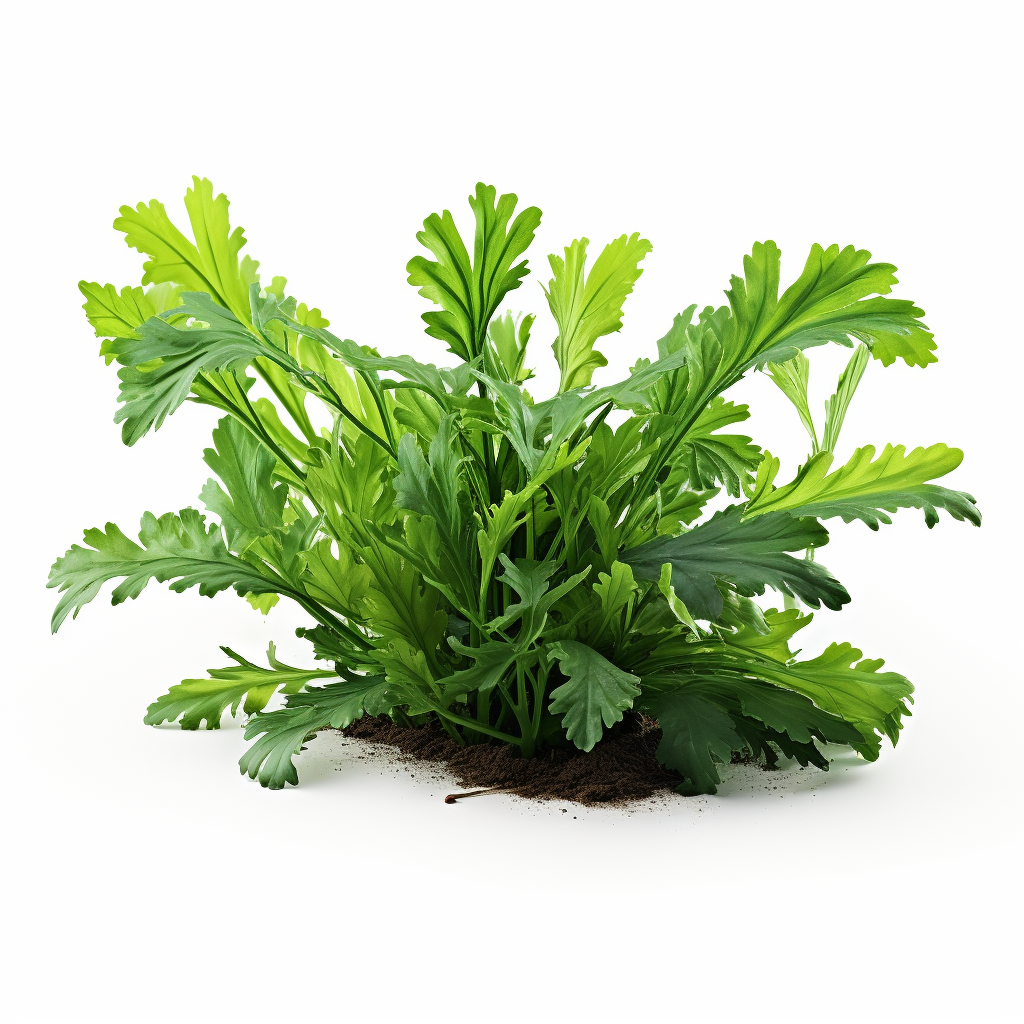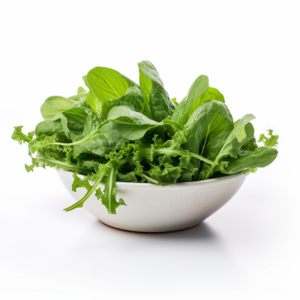Exploring the Delights of Mizuna and Tatsoi – Unveiling Two Marvelous Greens
When it comes to refreshing salads and meals bursting with goodness, most of us tend to gravitate towards familiar greens like lettuce, kale, and spinach. But let’s take a moment to rediscover two hidden gems of the vegetable world – Mizuna and Tatsoi. These two vibrant and versatile greens might not have hogged the spotlight in the West, but they surely deserve a place of honor in your culinary repertoire.
Both of these green vegetables are both easy to eat and grow. If you think parsley is a sinch to grow, then take a look at these two. You will be surprised.
Mizuna – Hints of Pepper & Mustard
Mizuna, with its feathery (almost soft spikey) leaves and mild peppery taste, is a true superstar waiting to grace your plate. Hailing from Japan, this green beauty offers a delightful balance of flavor – a hint of mustard-like spiciness joined with a mild, sweet undertone. Its slender leaves and stems not only add a burst of color to your dishes but also a zing of complexity that turns ordinary salads into works of art.

Cultivation and Care
Mizuna is a relatively fuss-free green to grow. It’s a cool-season crop, meaning it thrives in spring and fall/Autumn. You can sow the seeds directly into well-drained soil, about 1/4 inch deep. There is no need to start the seedling off inside a greenhouse. Keep the soil moist (not wet) as the seeds germinate. Once the seedlings are established, thin them to ensure proper spacing and optimal growth.
Some gardeners suggest tossing out the plants you have thinned, I just replant them. No need to get rid of these little beauties. This also goes for Tatsoi.
Nutritional Boost
Mizuna doesn’t just tantalize your taste buds; it also nourishes your body. Packed with vitamins A, C, and K, as well as essential minerals like calcium and iron, this super green is a powerhouse of nutrition. Its antioxidant properties make it a great choice for supporting your immune system and promoting overall well-being.
Tatsoi – Mild Mustardy Goodness
Originating from Asia, Tatsoi boasts a unique appearance that sets it apart. With its spoon-shaped leaves forming little tight rosettes, this green adds a touch of elegance to your dishes. Its taste is milder compared to Mizuna, offering a delicate and slightly mustard-like flavor. Tatsoi is exceptionally tender, making it a fantastic addition to raw salads or even a quick sauté.

Cultivation and Care
Tatsoi, like Mizuna, thrives in cooler temperatures. It’s an ideal fall and early spring crop. Plant the seeds in well-drained soil and keep the area consistently moist. Thin the seedlings as they grow to ensure proper air circulation and prevent overcrowding. THey grow well in containers and raised garden beds, so consider this if you have a tiny garden such as the one I have right now.
Nutritional Value
Tatsoi might be mild in flavor, but it’s rich in nutrients. Packed with vitamins A, C, and K, as well as beta-carotene and folate, this green aids in maintaining healthy skin, vision, and blood clotting. Its versatility extends beyond the plate – its nutritional value makes it a great addition to your diet. I say add both Tatsoi and Mizuna to every meal.

Adding the flavors of Mizuna and Tatsoi into Your Culinary Adventures
Both Mizuna and Tatsoi can be used in various ways to elevate your meals. Their tender leaves make them perfect for salads, sandwiches, and wraps. Mix them with other greens for a vibrant medley of flavors and colors. For an Asian-inspired twist, toss them into stir-fries, soups, or noodle dishes.
Final Thoughts on My Favorite Garden Edible
Mizuna and Tatsoi might not be as common as their leafy counterparts, but their unique flavors and impressive nutritional profiles make them worth exploring. With straightforward cultivation, delightful taste, and numerous health benefits, these greens have the potential to become staples in your kitchen.
So why not embark on a culinary adventure and discover the joy of Mizuna and Tatsoi? Your taste buds and your body will thank you!
